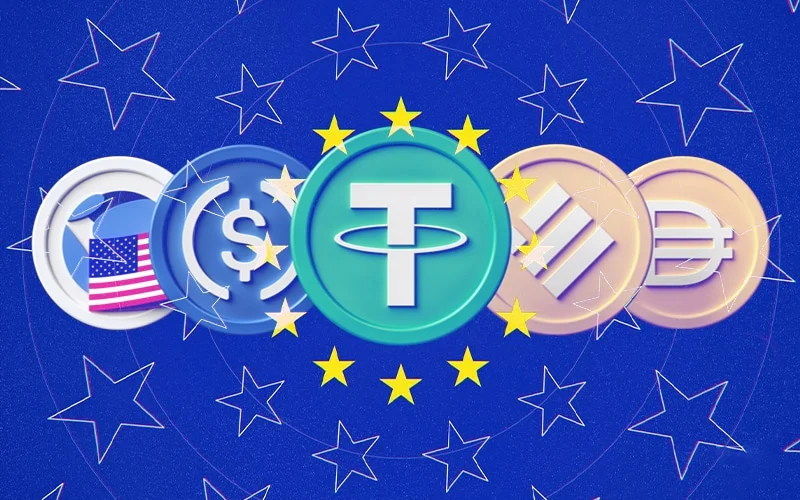The European Union is continuing to boost its initiative to create a digital euro, due in large part to the recent landmark legislation enacted in the U.S. to regulate its stablecoin market. The U.S. has passed the Guiding and Establishing National Innovation for US Stablecoins (GENIUS) Act, which lays the full framework for an industry largely led by the U.S. dollar. The legislative move has created a sense of urgency in Brussels, with officials worried about the overall long-term standing and competitiveness of the euro in the global digital asset space.
The American Blueprint: Clarity for Stablecoins
The GENIUS Act is a huge step forward for the U.S. stablecoin industry, now a $288 billion market. The law creates rules for issuers, in requiring one-for-one reserves as well as ongoing disclosures. The GENIUS Act offers a certainty that has never before been available to the market, allowing the market to move forward with a known regulatory regime. While the U.S. is moving ahead, Europe remains in the midst of internal discussions, leading many to wonder, can the EU keep up?
A Strategic Response for the Euro’s Future
For European policymakers, the GENIUS Act brings a warning signal. The European Central Bank (ECB) has been thinking about a digital version of the euro, a central bank digital currency (CBDC) for some time, but this new law has only added a layer of pressure. If the digital asset market keeps expanding and is primarily anchored by the US dollar, the euro will only continue to lose international stature and strategic autonomy. The European Commission believes officials in Brussels understand that in order to ensure that the euro remains dominant (and global), it takes decisive planning and vision. The European Union already has a significant legislative head start in crypto regulation with Markets in Crypto-Assets (MiCA) regulation, but a digital euro is regarded as the next vital step in order to secure a European-centric digital payment solution.
The Great Debate: Centralized vs. Decentralized Infrastructure
The technological infrastructure of the EU’s digital euro scheme remains an important issue for debate. There are discussions around whether the digital euro will be a closed, centralized initiative currently controlled by the ECB, or have an open public blockchain basis in cryptocurrencies like Ethereum or Solana. The former allows for the most control and security of the digital euro for the ECB, while the latter could allow for the most innovation and interoperability within the broader digital economy. The US may have quickly moved past this discussion by developing a closed network structure, but the EU’s indecision may be a material disadvantage with limited time before it will be interacting with its competitors. Sources suggest that the EU’s current focus is on a centralized, state-controlled distribution system, although no final decision has been reached.
Looking Ahead: A Critical Juncture for Europe
The path forward for the digital euro is now more critical than ever. The ECB has been in the “preparation phase” of the project, which involves laying the groundwork for a potential launch. In the coming months, EU institutions are expected to intensely debate the different technological options and their implications. By the end of the year, barring delays in a legal framework, a decision on whether to advance with the digital euro is anticipated. If Europe is to remain at the forefront of the future of finance, it must act fast and with clarity to ensure the euro can compete in a world underpinned by digital currencies.






